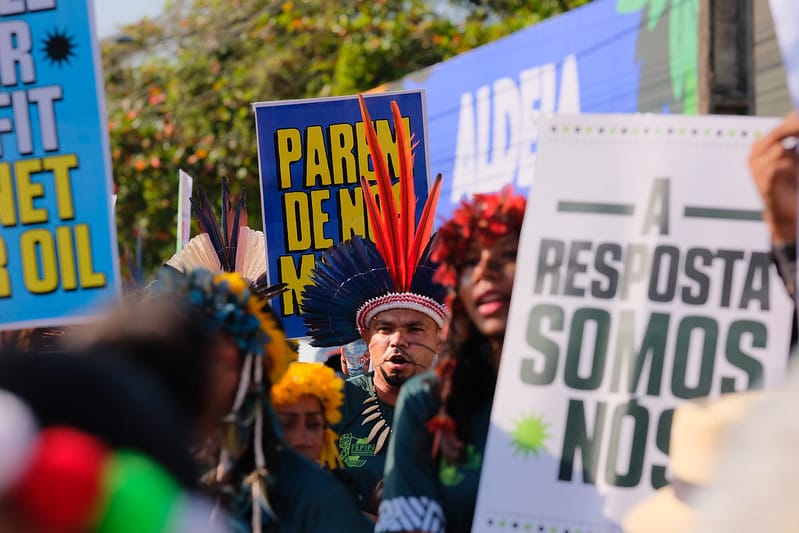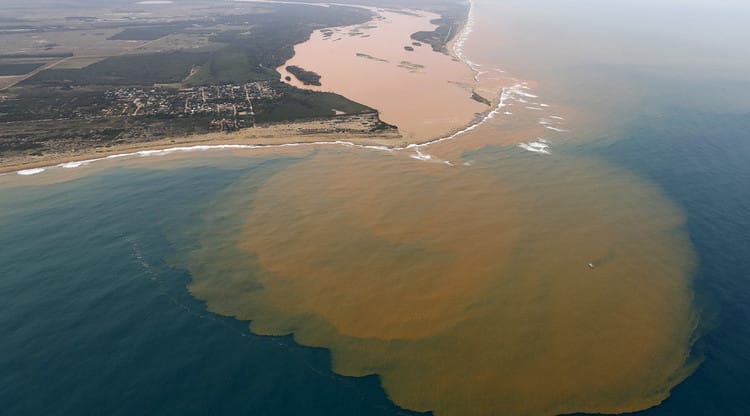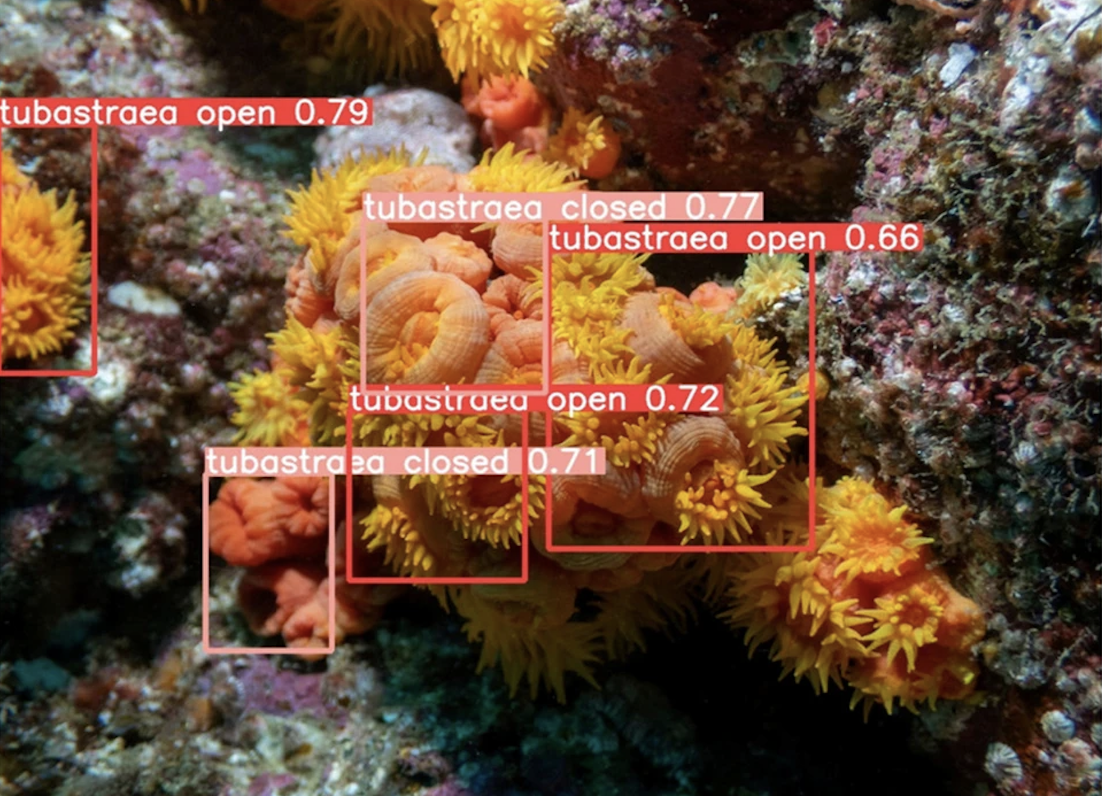Is Brazil in the Pyrocene era? Fire is not uncontrollable, researchers say
More frequent and intense fires due to climate change and human action have a response in management
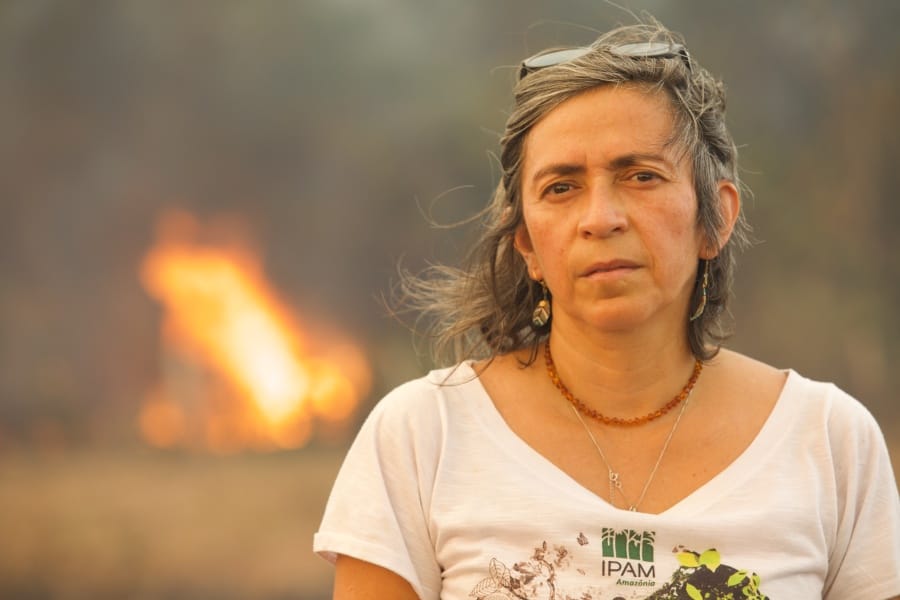
With the highest number of fire outbreaks since 2010, and data from four more months still to come, 2024 is making history in Brazil and worldwide as a year filled with extreme climate events. The Pyrocene, a recent concept under scientific debate, seeks to describe a period in which flames have escaped human control. However, researchers specializing in the field affirm: that fire is not uncontrollable.
Pyrocene was introduced five years ago by American historian Stephen Pyne in an article published on The Conversation website, following the 2019 California fires. The premise is that Earth is entering a new era shaped by fire, akin to the opposing effects of the Ice Age. For Pyne, the history of fire even encompasses that of the climate, with ignition serving as the driving force behind the burning of fossil fuels.
Researchers Ane Alencar, Director of Science at IPAM (Amazon Environmental Research Institute), and Erika Berenguer, Senior Scientist at Oxford University and the Rede Amazônia Sustentável (Sustainable Amazon Network), agree that if no measures are taken, fires will continue to spread, creating a scenario worthy of the term. However, they emphasize that human factors—often responsible for igniting fires in Brazilian biomes—are precisely what can and should impose limits on the use of this tool.
“It’s difficult to pinpoint the cause of fires in other parts of the world. In California, the United States, Canada, Australia, regions of Portugal, and the Mediterranean, these are areas characterized by adaptation, dependence, or resistance to fire—meaning fire is a part of the ecology. But in Brazil, we know that fire is not part of the dynamics of biomes like the Amazon, and even in the Cerrado, which has pyrogenic characteristics, these fires are occurring outside the time when they would be naturally caused by ignition sources like lightning. Therefore, in Brazil, it is human action that causes the fires, and this behavior is something we can control,” warns Alencar.

The two most fire-affected biomes in Brazil have distinct relationships with fire. In the Amazon, a tropical rainforest, fire does not naturally occur. Scientists are categorical in stating that "the forest does not catch fire on its own," meaning human ignition is essential for fires in the biome.
On the other hand, the Cerrado is adapted to fire, which naturally occurs in its ecosystems, but the issue is that this natural fire happens during the rainy seasons, caused by lightning. Even so, when a lightning-induced fire occurs in the Cerrado, the flames do not spread and soon die out because the vegetation is wet. However, in the last five years, 60% of the burned area in the Cerrado occurred during the dry season, mainly in August and September, an indication of human influence in the biome.
The concept of the Pyrocene puts into perspective two different moments in human history on Earth:
- When the species began using fire as a tool and for cooking food, thus learning to control it; and
- The current era, in which humans are losing this control in the face of mega-fires –for example, those covering an area larger than 10,000 hectares.
“The Pyrocene is increasingly becoming a reality, perhaps within the Anthropocene, a period also under discussion by academics, in which humans are significantly altering how they interact with the environment, and the environment is reacting back. In this sense, fire is becoming more prevalent, either because people are using it more or because environmental conditions are making it occur more frequently and violently. But fire is not uncontrollable, especially in tropical regions, where it is used as a productive tool,” adds Alencar.
The Director of Science at IPAM was responsible for creating the concept of "fire scars" in 1996 by defining areas affected by forest fires in the Amazon through printed satellite images. This discovery revolutionized monitoring studies in Brazil and led to the creation of annual and monthly burned area products for MapBiomas Fire, coordinated by Alencar, which annually and monthly publishes maps of fire scars in the country.
From January to August 2024, according to data from the network on the Fire Monitor, more than 5.4 million hectares were burned in the Brazilian Amazon, an 88% increase compared to the same period last year. In the Cerrado, the increase was 85%, with more than 4 million hectares burned during the same period in 2024. Together, the two biomes account for 83.4% of the area affected by fire in the country during the first eight months of the year. The Pantanal, with 1.2 million hectares burned —and being almost five times smaller than the Amazon— represents 11% of the burned area in the national territory this year.
"Talking about the Pyrocene is a way to draw attention to ecosystems worldwide that are undergoing fundamental changes. But this is not an uncontrollable phenomenon. What we need to do is reduce our emissions and address climate change. That way, we can have greater control over this fire regime, which is already altered across the globe," says Berenguer.

The senior scientist has been conducting field research for the Sustainable Amazon Network in the Tapajós National Forest for 14 years to assess the effects of fire in the region. The Tapajós National Forest experienced a large-scale fire in 2023, with its impacts still under evaluation. Previously, in 2015, more than 1 million hectares were burned in the conservation unit, with one of the consequences being the death of 2.5 billion trees.
“There are several reasons why ecosystems around the world are experiencing changes in fire regimes. First, climate change: we are living in a hotter world than during pre-industrial times. The hotter it gets, the more likely it is for vegetation to catch fire. Secondly, changes in land use. In the case of the Amazon, when an area is deforested, the forest adjacent to the cleared area begins to suffer from a series of effects it didn’t face before because it used to be part of a large block of forest. With its edges exposed to agriculture, more wind and light penetrate, drying out the forest," comments Berenguer.
One of the drivers of fires in the Amazon is land grabbing. In the first eight months of the year, Public Forests Not Designated for specific uses in the biome saw a 175% increase in burned areas. These locations are often targeted by land grabbers who deforest and burn areas in an attempt to take ownership by replacing native vegetation with pasture and cattle. Public Forests Not Designated are awaiting decisions from the government regarding their future use, such as creating new conservation units or indigenous lands.
Among the impacts of fire in the world's largest tropical forest are biodiversity loss, the destruction of ecosystem services such as climate regulation and the rainfall cycle for much of the country and South America, delayed emissions — a burned forest area can continue emitting greenhouse gases for up to ten years — increased vulnerability to further fires, and biomass loss — fire can cause the loss of up to 25% of the forest’s biomass and 50% of its trees.
In the Cerrado, fires occur in agricultural areas as well as in native vegetation. From January to August this year, savannas accounted for 41.7% of the burned area in the Cerrado. The impacts of fire in the biome are more related to the characteristics of the fire. According to Alencar, a mild fire in the Cerrado, with an appropriate interval for a specific type of vegetation, regenerates quickly.
“But if the fire is intense, especially in a wet area like the ‘veredas’ (wetlands), it burns even the subsoil, destroying the rich organic matter in these more waterlogged soils, and can even affect the roots. This is destruction, worse than a fire in the Amazon. It’s a similar issue to the type of underground fire that occurs in the Pantanal — the subterranean fire,” Alencar explains.

In the article that first proposed the Pyrocene, Stephen Pyne also differentiated between good fire and bad fire in the case of the 2019 California fires. That year, more than 105,000 hectares were burned in the U.S. state. Due to "zero fire" policies, the pyrogenic region had stopped experiencing its good fire — similar to the natural fire in the Brazilian Cerrado, for example — and, as a result, accumulated fuel that intensified the fires of recent years.
The "good fire" in the Brazilian Cerrado, in turn, can mean the awakening of seeds that only germinate with the heat of the flames. "From an ecological perspective, a good fire occurs without causing damage, that is part of the biome's ecology. A good fire can typically catalyze a restoration process, whereas a bad fire genuinely impacts the area's recovery capacity," Alencar explains.
The National Policy for Integrated Fire Management became law in Brazil in July 2024. It aims to reduce wildfires in the country while recognizing the ecological role of fire in ecosystems and respecting the traditional practices of local communities in using this tool. The MIF (as the policy is abbreviated) operates through three main areas of action: fire management, fire culture, and fire ecology, focusing on raising awareness, prevention, and fighting fires. In practice, fire can be used to combat wildfires through a technique called "backburning."
"Integrated Fire Management is about controlling the use of fire. It considers ecological factors—whether the environment needs fire at that moment—socioeconomic factors—whether people use fire or not—and scientific and technical aspects. The MIF states that fire use if done, must be controlled and provide ecological, cultural, and socioeconomic benefits," says Alencar.
For instance, MIF techniques are commonly used to combat wildfires in the Cerrado. In the federal capital, a fire consumed 45.8% of the Brasília National Forest during the 2024 'fire season,' when dry and windy conditions favor the spread of flames.
In Brazil, the fires during the season primarily impacted the Amazon, the Cerrado, and the Pantanal. However, at least the first two biomes are consistently affected by wildfires year after year. Since 1985, the Cerrado has been the most burned biome in the country. The situation in 2024 is worsened by the most severe drought on record, according to the National Center for Monitoring and Early Warning of Natural Disasters (Cemaden).
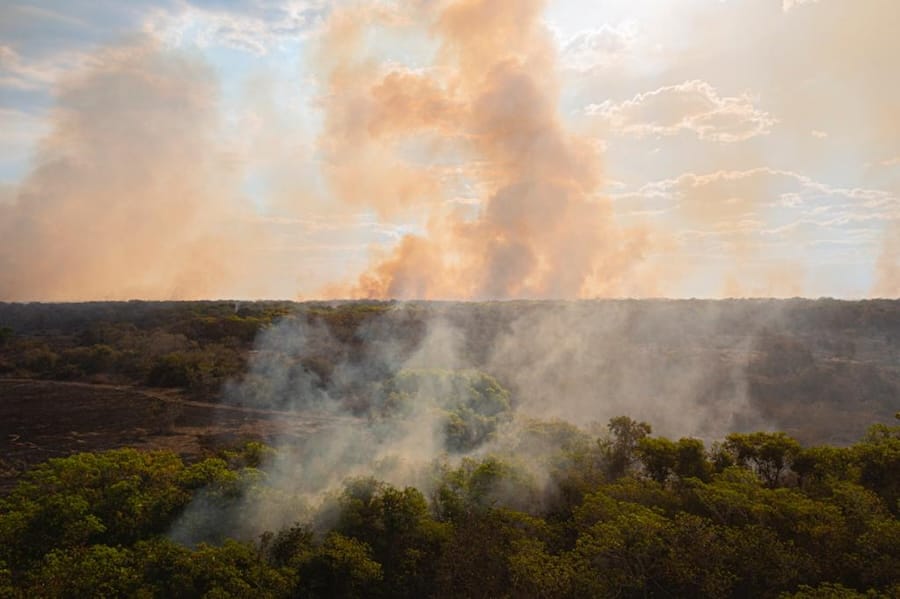
Efforts to fight wildfires involve the work of firefighting brigades, whether community-based, volunteers, or those hired by Prevfogo, Ibama (Brazilian Institute of Environment and Renewable Natural Resources), or ICMBio (Chico Mendes Institute for Biodiversity Conservation). There is also the work of firefighters and military personnel. However, as the MIF itself prescribes, reducing wildfires is not solely about fighting them. Firefighting is the last step—the last course of action in a process that, if properly managed, would not culminate in a wildfire.
"Portugal, Australia, or even California are constantly updating their fire prevention and combat systems to address these issues. Globally speaking, Brazil is still not prepared. If we were prepared, we wouldn't be facing the current situation of having a highly flammable landscape where fire spreads easily. We need to change to cope with an era where fire is much more present," Berenguer says.
According to the Ministry of Justice, 457 agents from the National Force were deployed to various locations to combat wildfires in the country. The Federal Government announced the release of R$ 514 million for emergency actions to fight the fires and drought, with 3,518 professionals working in field operations. According to the government, these brigades have already helped control almost 80% of the fires. The Federal Police opened 101 investigations to determine human responsibility in the cases.
*Bibiana Garrido and Marcelo Freitas are journalists at IPAM (Amazon Environmental Research Institute). Publication in Correio Sabiá is a partnership between the 2 organizations.
Inscreva-se nas newsletters do Correio Sabiá.
Mantenha-se atualizado com nossa coleção selecionada das principais matérias.
